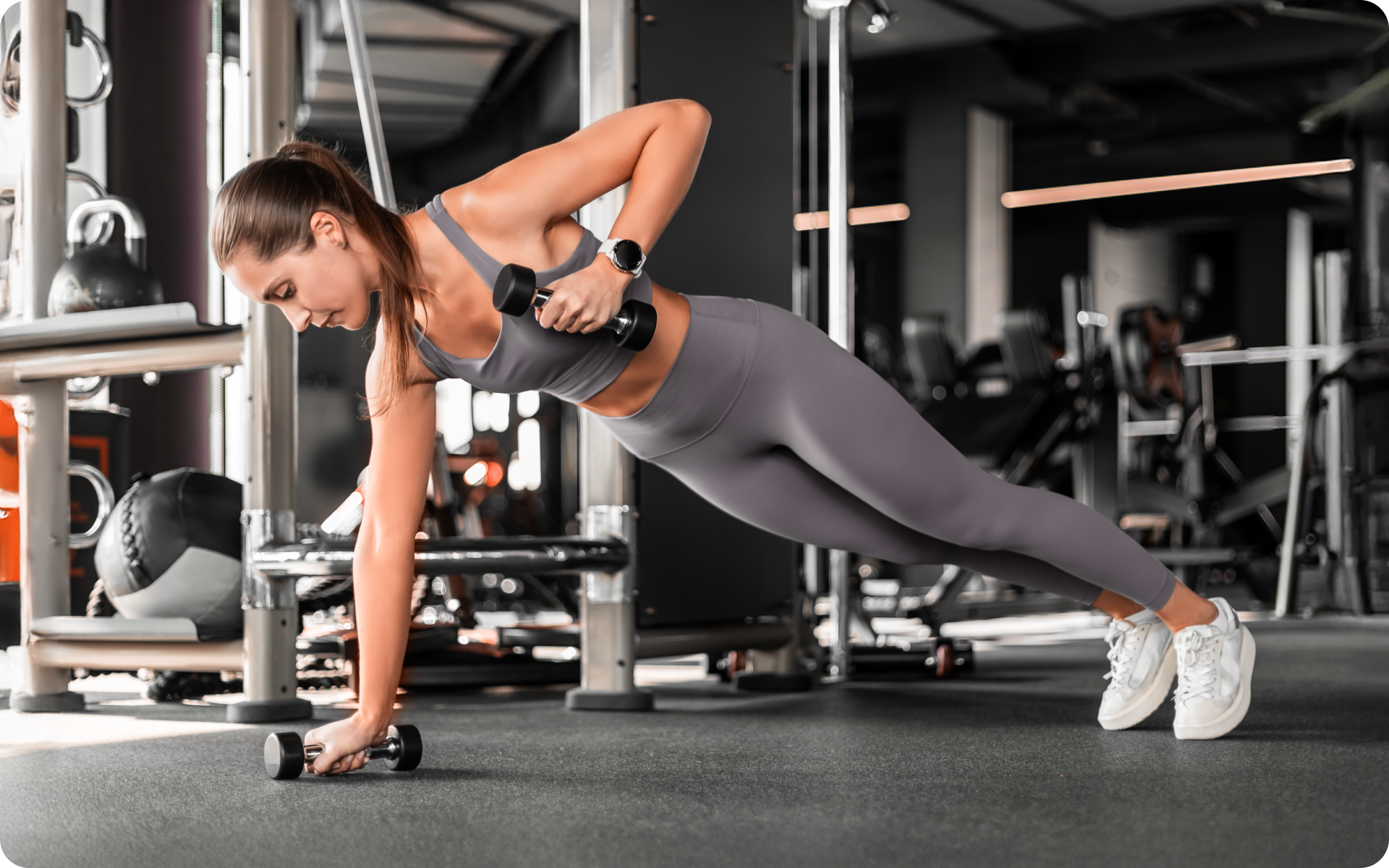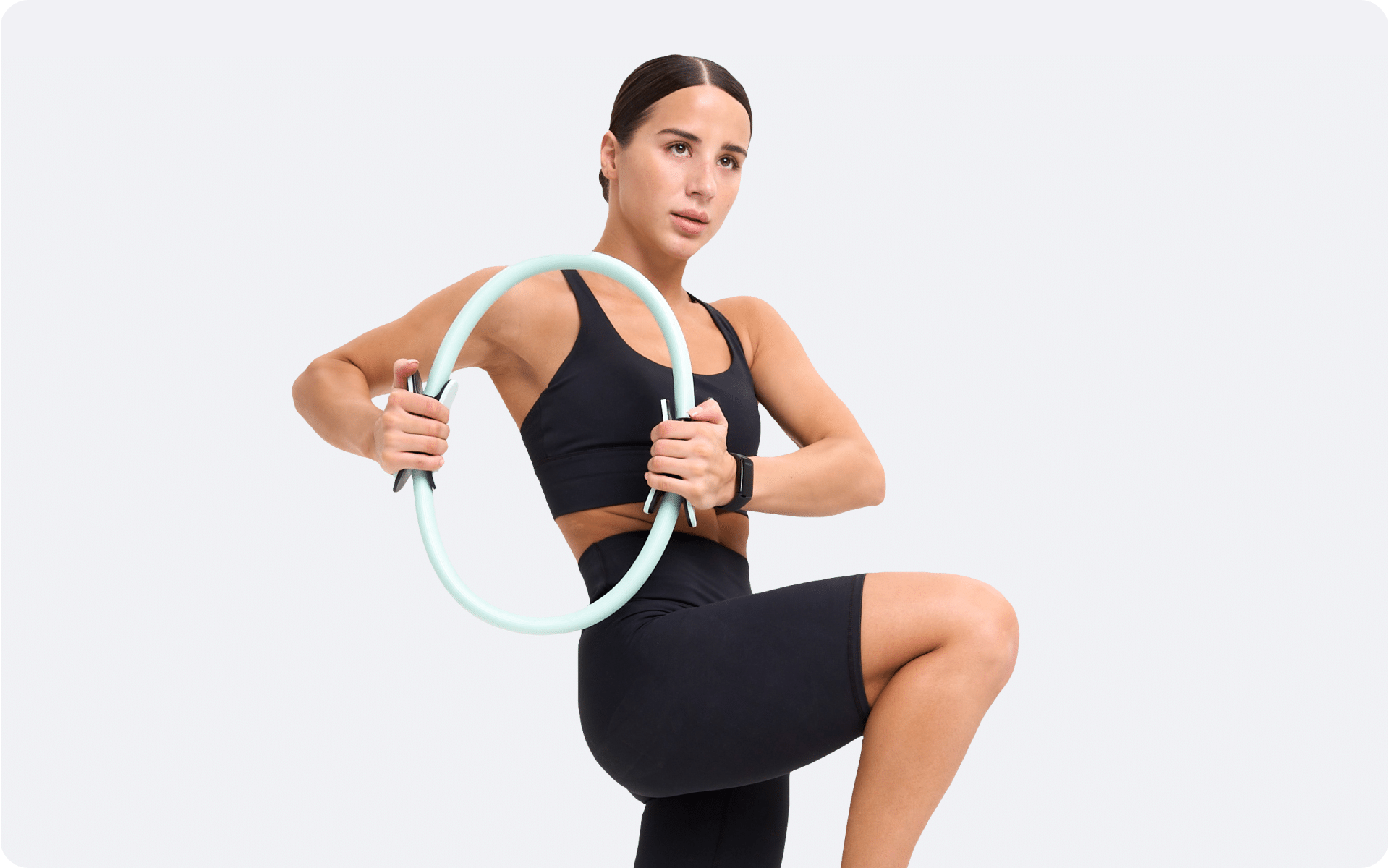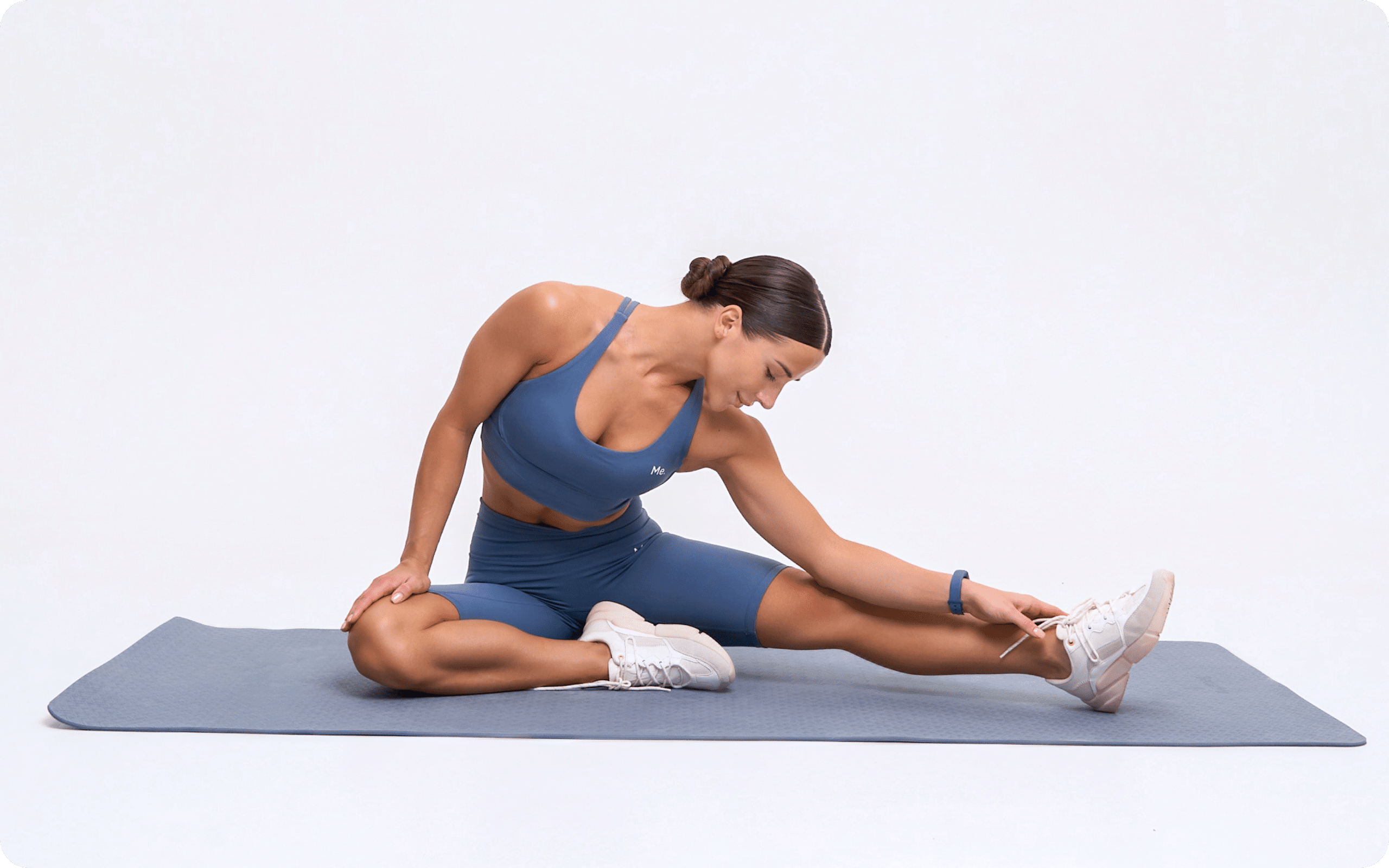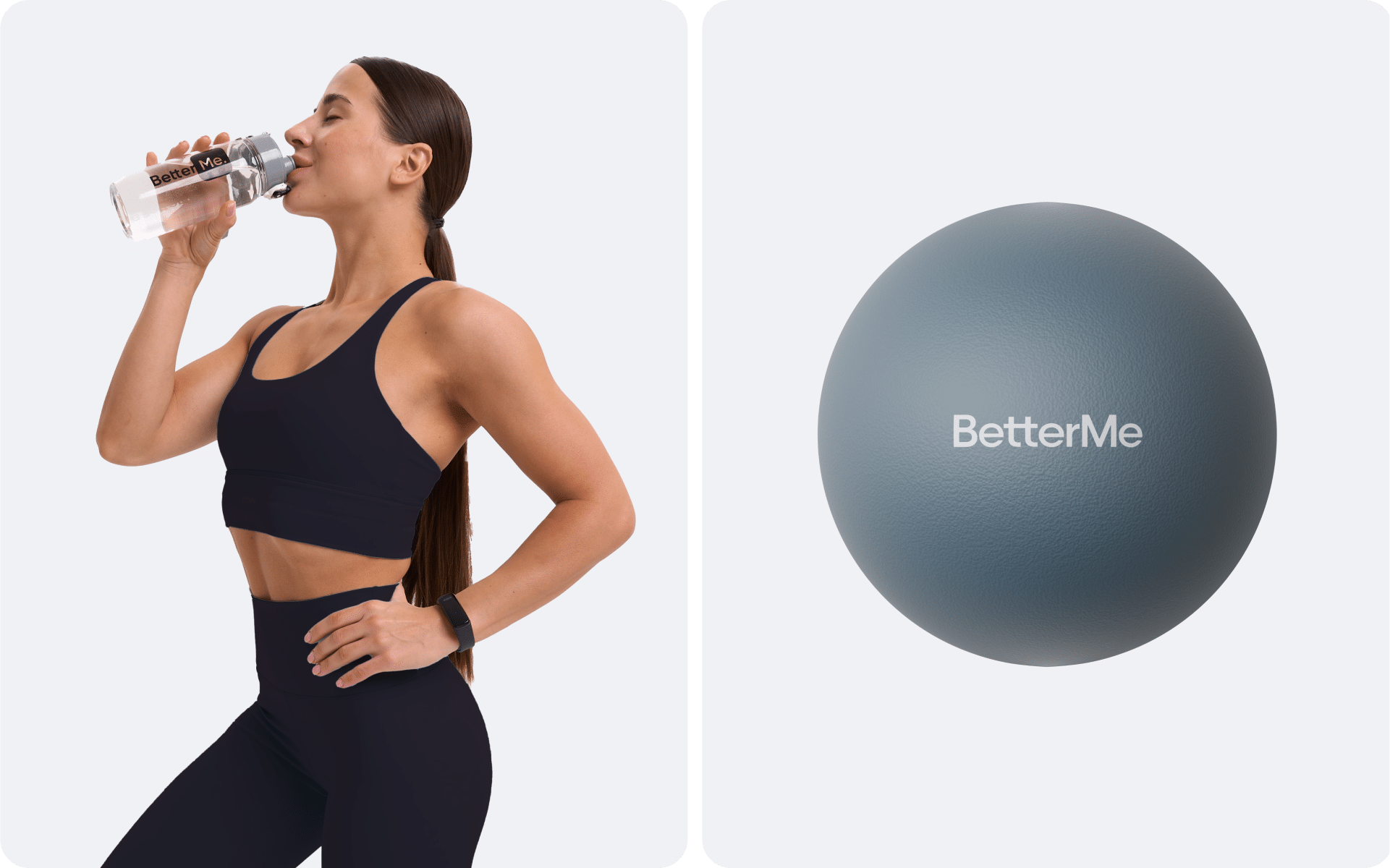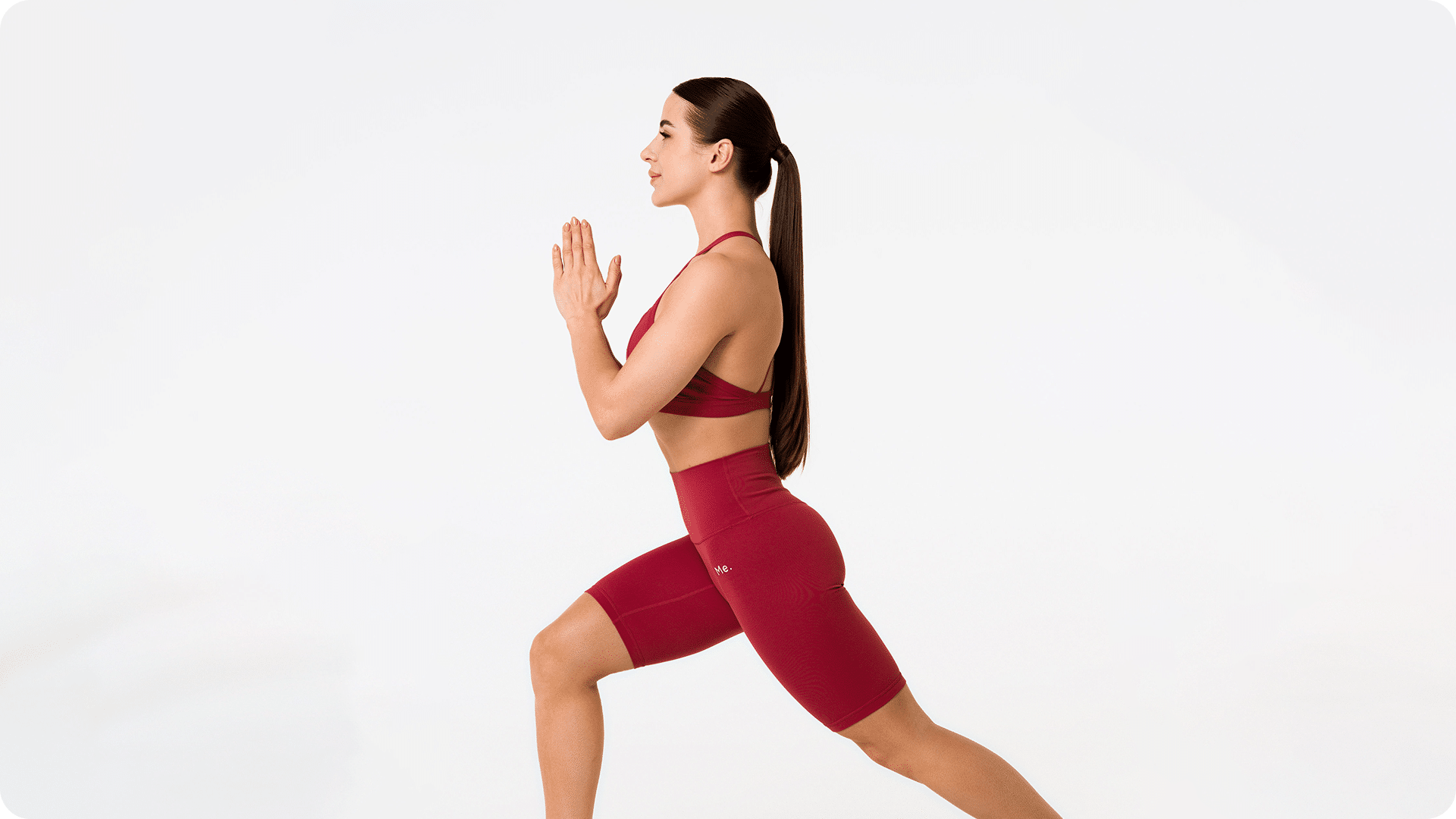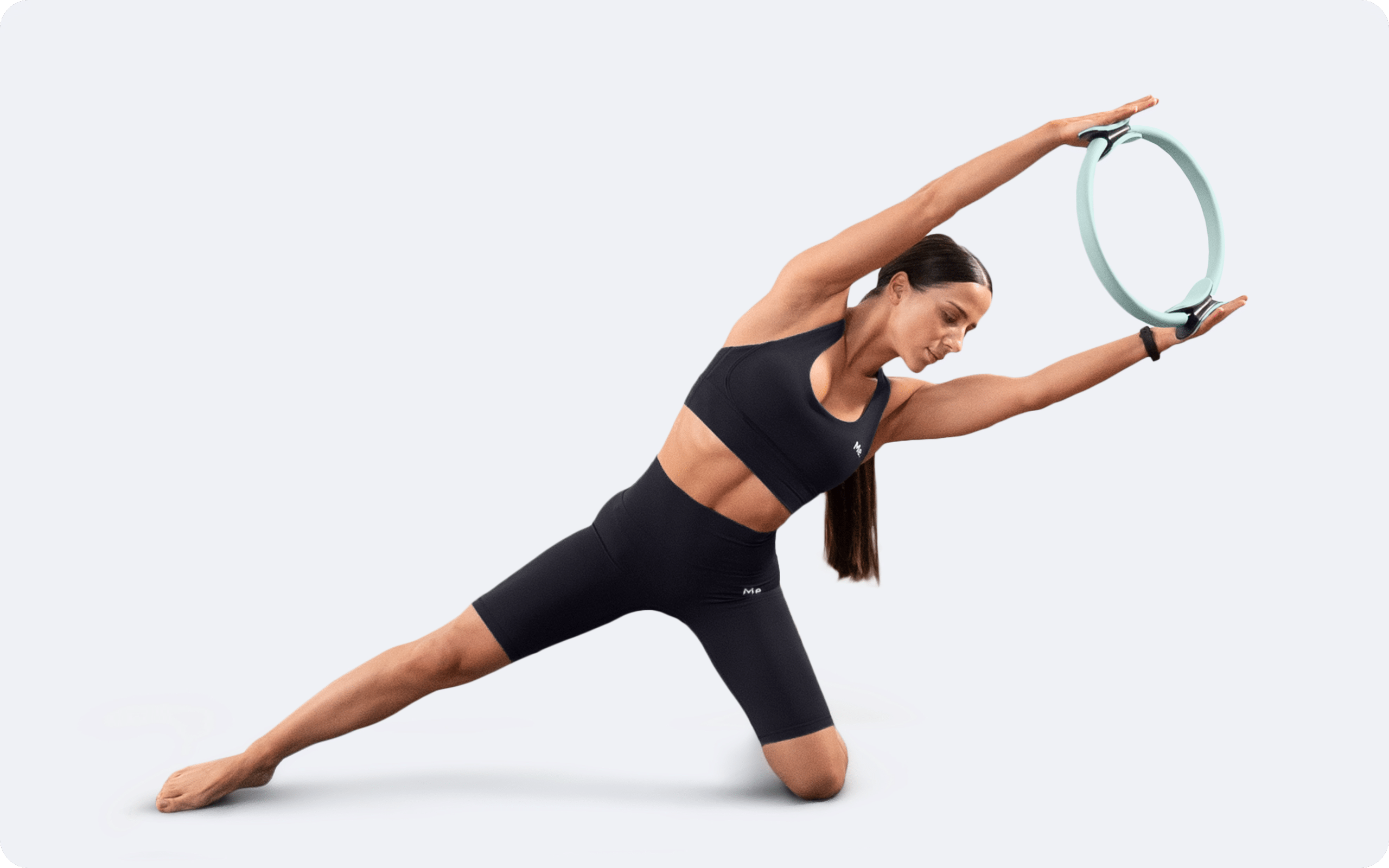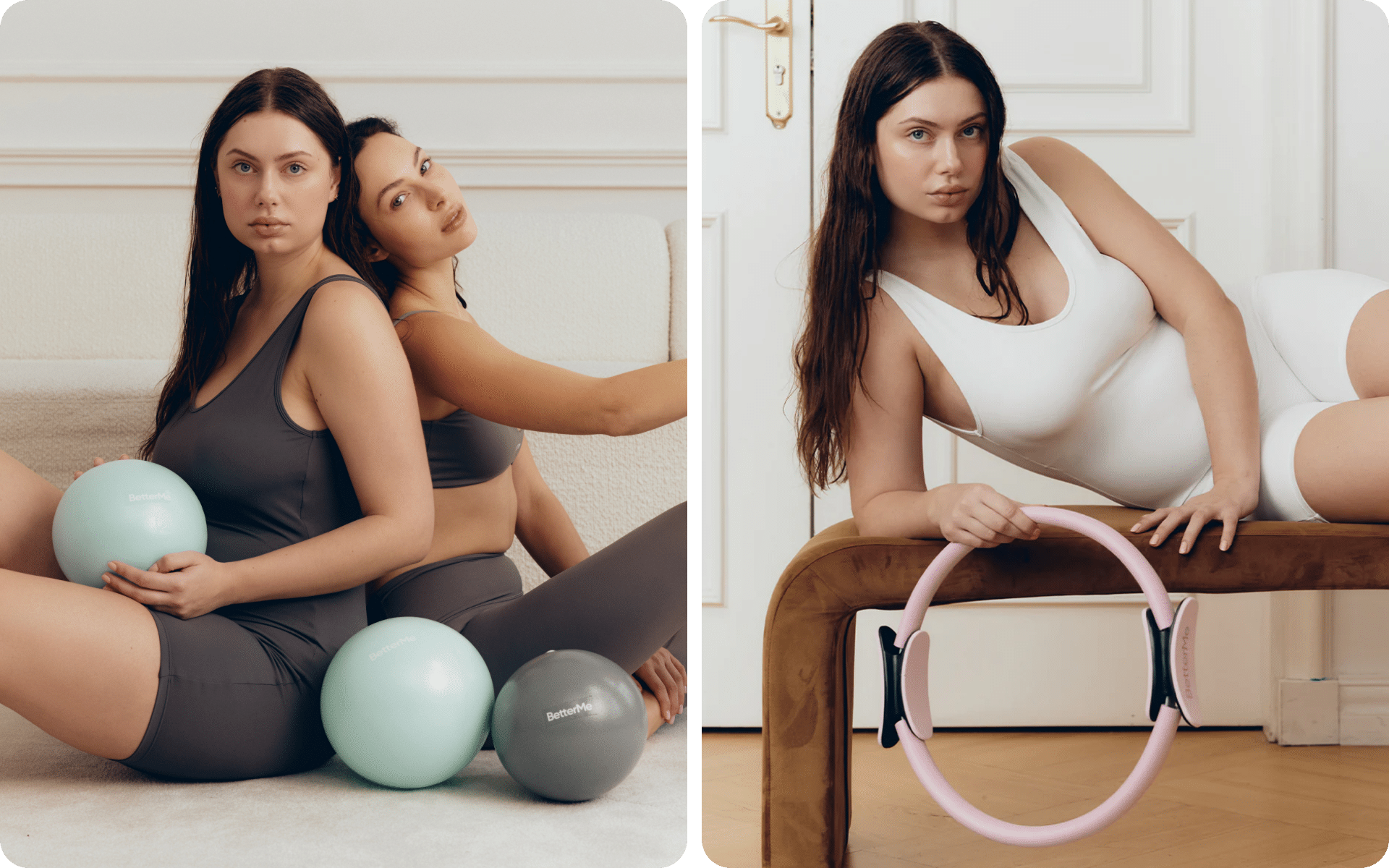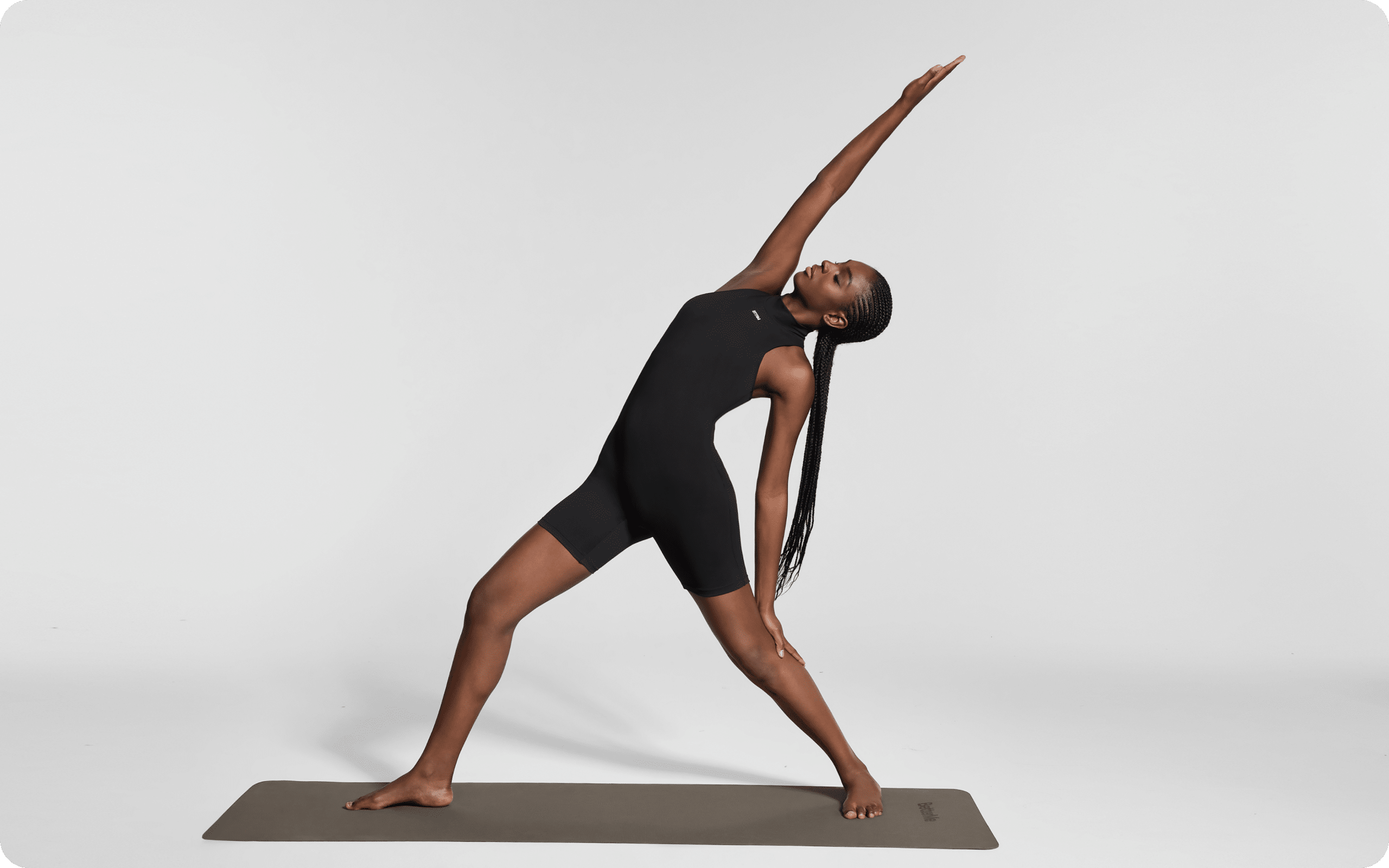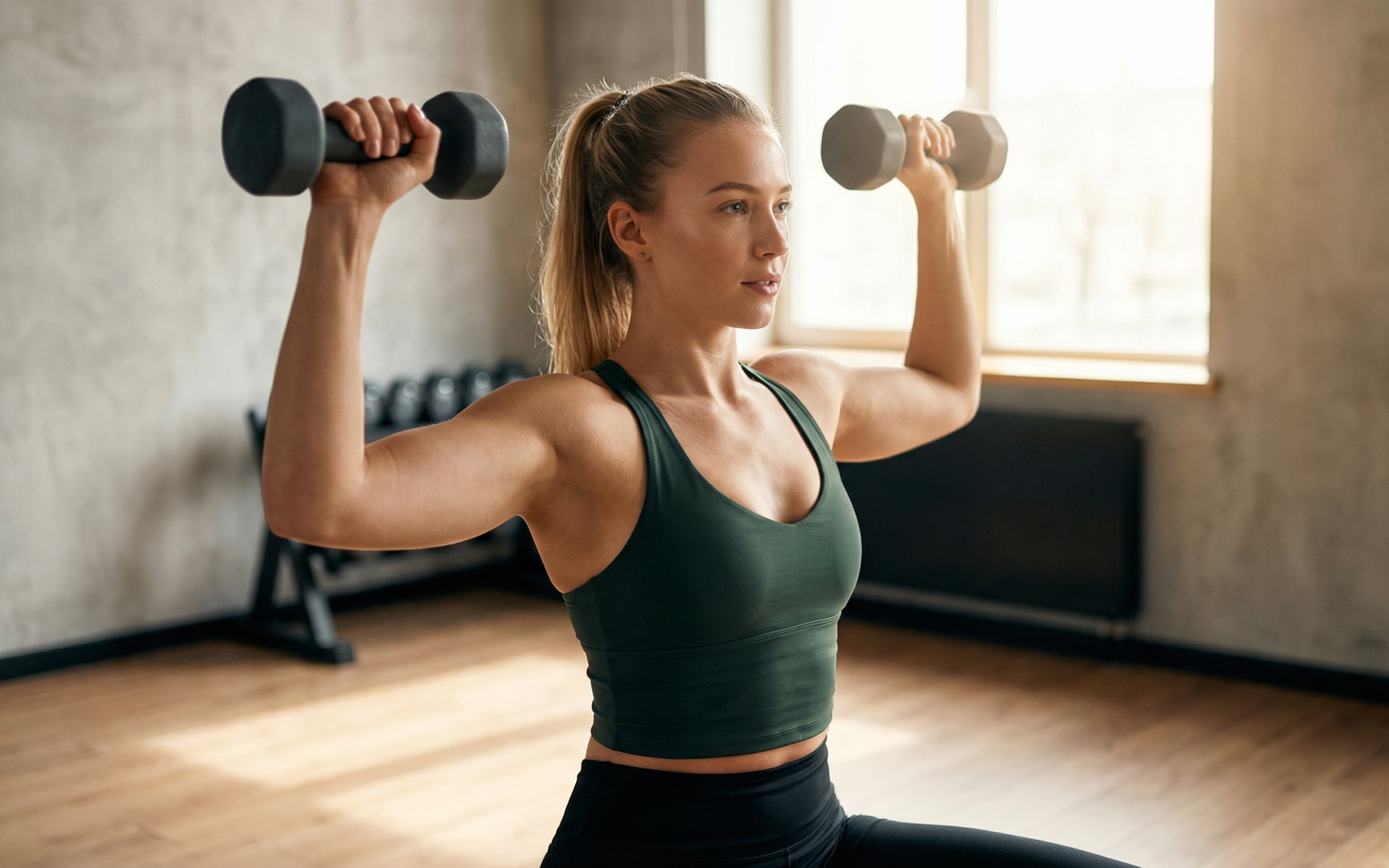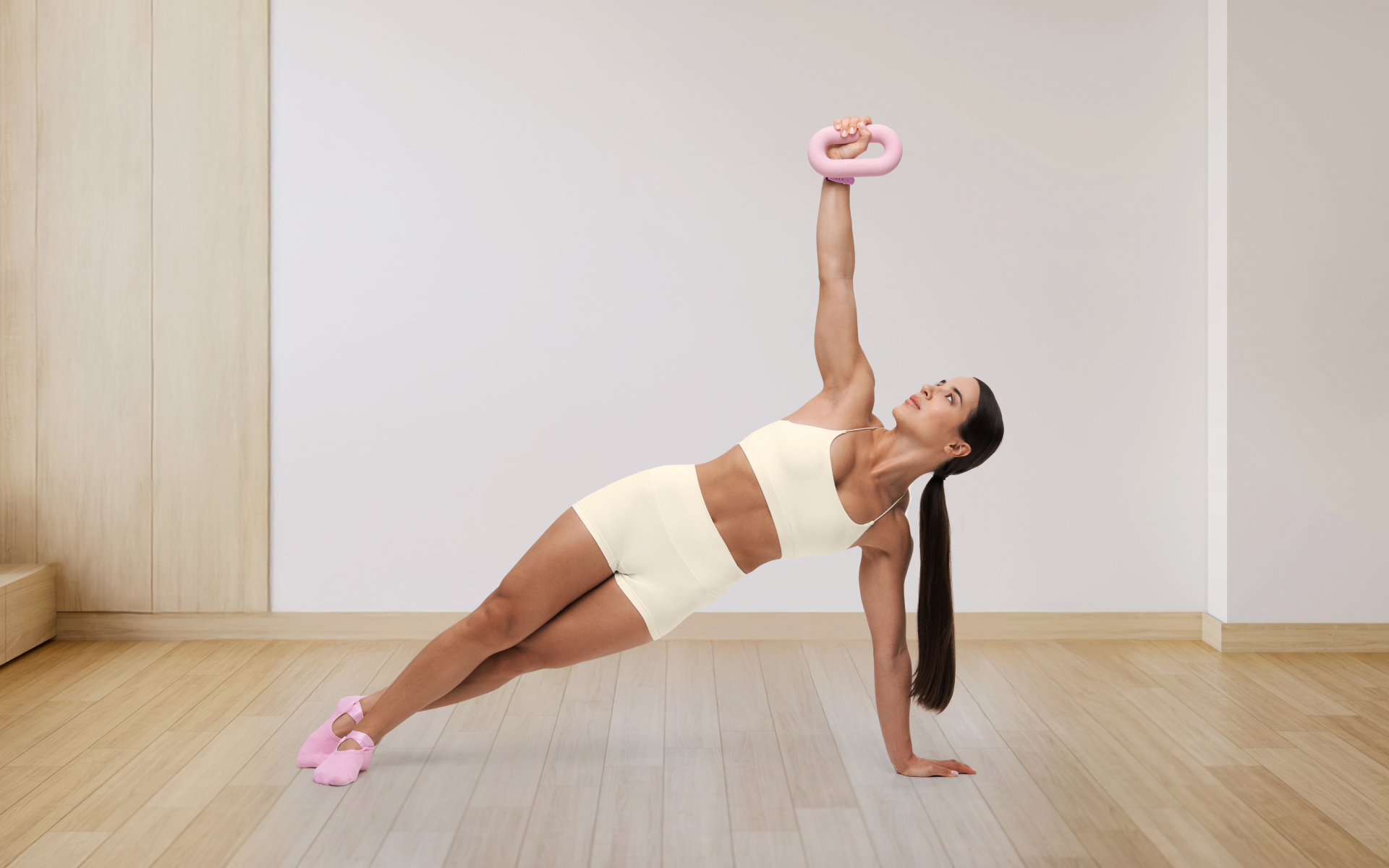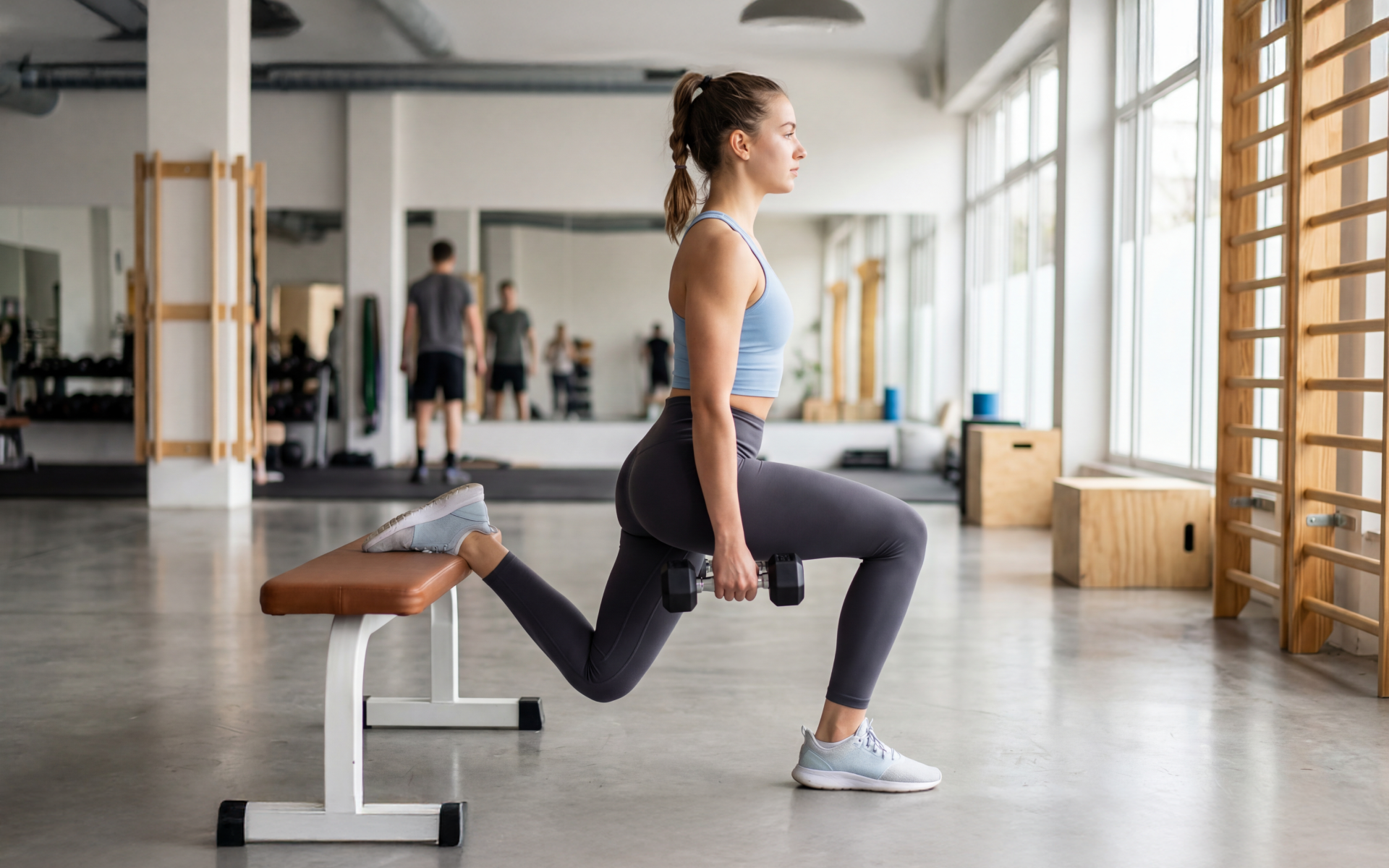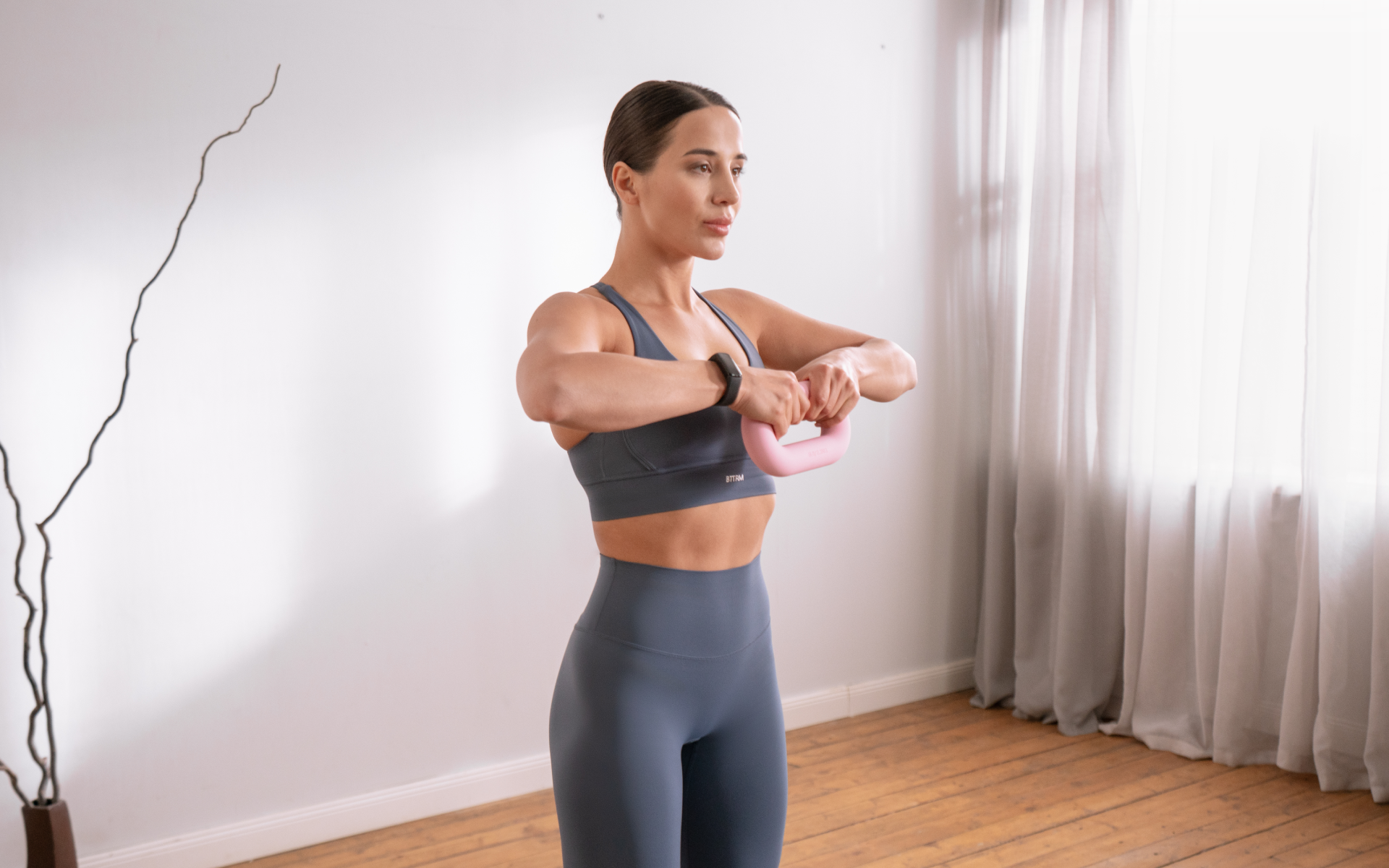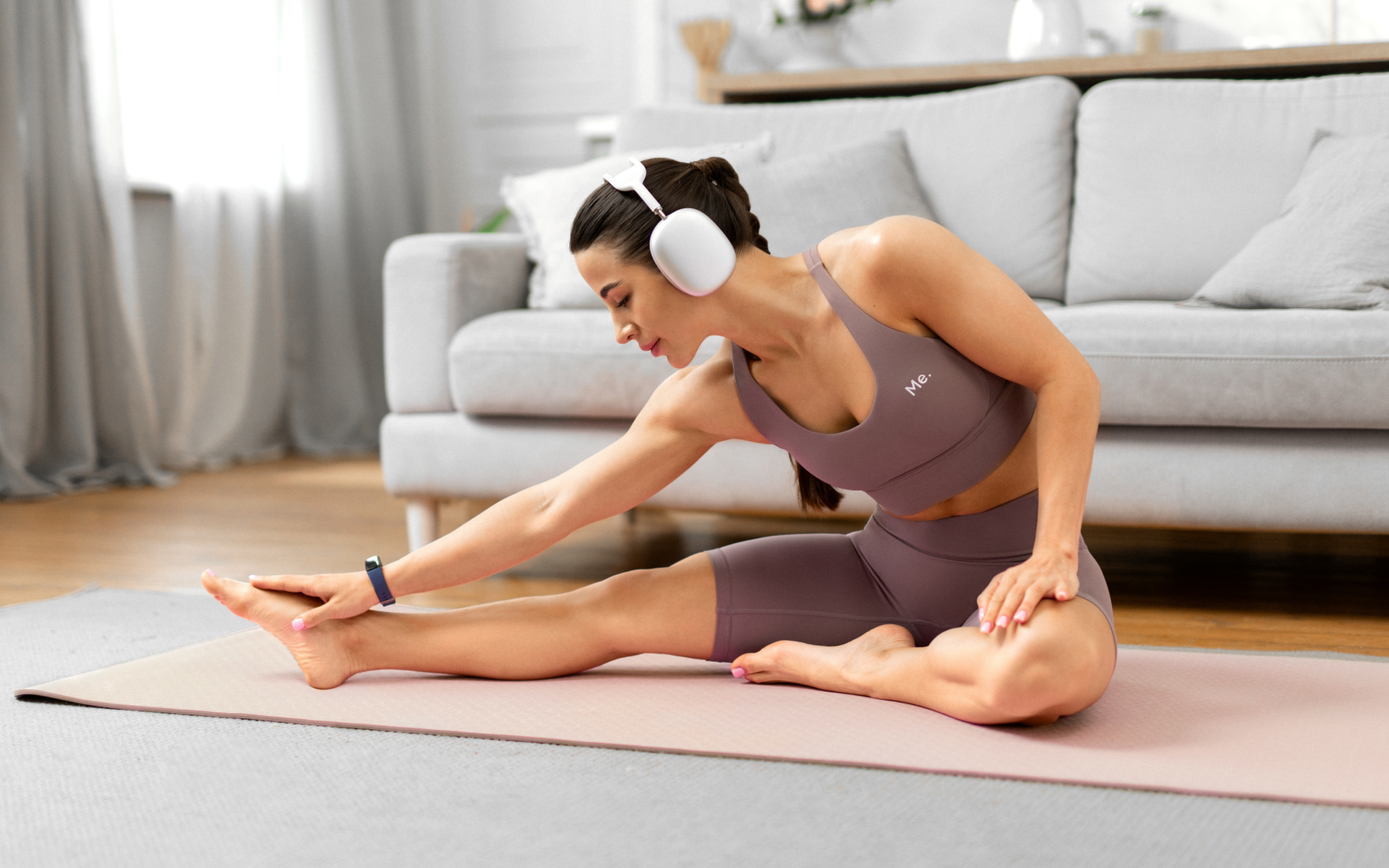Did you know that the amount of exercise you do each week, also known as your training volume, has a huge impact on how your body adapts over time?
Research has shown that doing too much too soon can lead to burnout or injury, while too little may not give you the results you’re looking for. Finding the right balance is key, particularly for beginners (1).
If you’re new to the gym, building a workout routine can feel overwhelming. How many days should you train? What exercises should you do? And how do you make sure you’re progressing?
This guide breaks everything down for you.
We’ll cover a simple, effective 3-day gym schedule that is designed specifically for beginners. By the end, you’ll have a clear plan that balances effort and recovery, which will help you take the first steps toward your fitness goals safely and confidently.
Is 3 Days a Week Enough for the Gym?
For most beginners, three days a week is both enough and ideal. It strikes a balance between building strength, improving fitness, and allowing recovery.
Understanding Training Volume
Training volume refers to the total amount of work you perform during your workouts. It’s a combination of how many sets, reps, and weights you use. Research has shown that training volume is a crucial factor in driving improvements, whether you’re looking to get stronger, build muscle, or enhance your endurance (2).
When you train three days a week, your goal is to maximize the quality of each session. This means focusing on full-body workouts or structured routines that target all the major muscle groups. Spacing these sessions out, for example on Mondays, Wednesdays, and Fridays, allows you to train hard while giving your muscles time to recover and grow.
If you wish to free yourself from all the extra pounds that have been weighing you down for way too long, start using the BetterMe: Health Coaching app and overhaul your entire life!
Matching Volume to Your Goals
Your fitness goals play a huge role in determining if three days is enough. Here’s how different goals align:
- Building strength or muscle: Studies have shown that a training volume of 10-20 sets per week per muscle group is enough for most people (3). With the right exercises and planning, this amount can easily be spread across three sessions.
- Weight loss or improved fitness: If you’re aiming for general fitness or weight management, three days combined with daily activity (such as walking or cycling) can be highly effective (4). The key is consistency and effort during those gym sessions.
- Advanced goals: If you’re aiming for high-level athletic performance or body transformation, you may eventually need more than three days. However, three solid sessions are an excellent starting point for beginners.
The Role of Recovery
Recovery is an often-overlooked benefit of a three-day program. Your muscles grow and adapt during rest, not during the workout itself. By training three days and resting or being lightly active in between, you give your body time to repair and get stronger (5). Overtraining can derail progress or even lead to injuries, especially for beginners.
Can You Build Muscle on a 3-Day Split?
Yes, you can build muscle on a 3-day split.
Hypertrophy refers to the process of increasing muscle size. It occurs when your muscles are exposed to enough stress during training, followed by proper recovery. Three key factors influence hypertrophy:
- Training volume – The total amount of work your muscles perform. This includes your sets, reps, and the overall weight you lift.
- Intensity – How much effort you put in, often measured by the heaviness of the weights relative to your ability.
- Progressive overload – Gradually increasing the demands placed on your muscles over time by lifting heavier weights or doing more reps.
A 3-day split can effectively deliver all three if it’s planned well.
To build muscle, your schedule should target all major muscle groups multiple times per week. Research has suggested that working each muscle group 2-3 times weekly, with 10-20 sets per week is ideal for most people (6).
A 3-day split allows this by focusing on compound exercises. These movements work several muscles at once, which ensures efficiency. Examples include squats, deadlifts, bench presses, and rows.
Dive deeper into the 3-day compound workout routine with our dedicated article.
Here’s how you can structure it:
- Day 1: Push (chest, shoulders, triceps)
- Day 2: Pull (back, biceps)
- Day 3: Legs (quads, hamstrings, glutes, calves)
Alternatively, you could use full-body workouts across all three days. This approach provides balance and may be simpler for beginners.
Intense sweat sessions, working weight loss tips, lip-smacking recipes come in one package with the BetterMe: Health Coaching app—all at your fingertips, start transforming your life now!
What Is a Good 3-Day Gym Workout Schedule?
A well-structured push-pull-legs (PPL) workout is an excellent 3-day split, particularly for beginners. This plan ensures all major muscle groups are targeted and focuses on both compound and isolation exercises.
The 3-Day PPL Split
Each workout includes:
- Sets and reps: 3-4 sets of 8-12 reps for most exercises (ideal for both strength and hypertrophy).
- Rest times: 60-90 seconds for isolation exercises, 2-3 minutes for compound exercises.
- Progression: Gradually increase the weight or reps each week to ensure progressive overload.
Day 1: Push (Chest, Shoulders, Triceps)
- Barbell bench press (4 sets x 8-10 reps)
- Incline dumbbell fly (3 sets x 10-12 reps)
- Overhead dumbbell shoulder press (3 sets x 10-12 reps)
- Lateral raise (3 sets x 12-15 reps)
- Triceps pushdown (3 sets x 10-12 reps)
Day 2: Pull (Back, Biceps)
- Deadlift (4 sets x 6-8 reps)
- Pull-up or lat pulldown (3 sets x 8-10 reps)
- Barbell bent-over row (3 sets x 8-10 reps)
- Dumbbell shrug (3 sets x 15-20 reps)
- Dumbbell bicep curl (3 sets x 12-15 reps)
Day 3: Legs (Quads, Hamstrings, Glutes, Calves)
- Barbell squat (4 sets x 8-10 reps)
- Romanian deadlift (3 sets x 10-12 reps)
- Walking lunge (3 sets of 12 steps per leg)
- Leg curl (machine) (3 sets x 12-15 reps)
- Standing calf raise (3 sets x 15-20 reps)
Now, let’s break down each exercise with step-by-step instructions.
Day 1: Push
1. Barbell Bench Press
- Lie flat on a bench with your feet planted firmly on the floor.
- Grip the bar slightly wider than shoulder-width with your palms facing forward.
- Unrack the bar and lower it slowly to your chest, just above the sternum.
- Push the bar back up explosively until your arms are fully extended.
2. Incline Dumbbell Fly
- Set a bench to a 30°-45° incline and sit back with a dumbbell in each hand.
- Start with both dumbbells held out at chest level with your arms fully extended and the weights pressed together.
- Take a breath in as you allow both arms to fall to either side of your body. Your elbows should be slightly bent and this should form a wide “U” shape with your arms.
- Exhale and focus on squeezing your chest as you bring the arms back to the center.
3. Overhead Dumbbell Shoulder Press
- Sit upright on a bench with a dumbbell in each hand at shoulder height.
- Press the dumbbells overhead until your arms are fully extended.
- Lower the weights slowly back to the starting position.
4. Lateral Raise
- Stand with a dumbbell in each hand and your arms by your sides.
- Raise your arms out to the sides until they’re at shoulder height.
- Slowly return to the starting position.
5. Triceps Pushdown
- Stand at a cable machine with a straight or V-bar attachment.
- Keep your elbows close to your body and extend your arms fully downward.
- Slowly bring the bar back to the starting position without moving your elbows.
Day 2: Pull
1. Deadlift
- Stand with your feet hip-width apart, the barbell close to your shins.
- Grip the bar with your hands just outside your knees.
- Push through your heels, keep your back straight, and lift the bar by standing upright.
- Lower the bar back down in a controlled manner.
2. Pull-Up or Lat Pulldown
- For pull-ups, grip the bar slightly wider than shoulder-width and pull your chin above the bar. Lower yourself slowly.
- For lat pulldowns, grip the bar wide, pull it down to your chest, and release slowly.
3. Barbell Bent-Over Row
- Stand with a barbell, bend slightly at the hips, and keep your back straight.
- Pull the barbell toward your stomach and squeeze your shoulder blades together at the top.
- Lower the barbell back to the starting position.
4. Dumbbell Bicep Curl
- Hold a dumbbell in each hand with your palms facing forward.
- Curl both dumbbells upward simultaneously.
- Lower them slowly to the starting position.
5. Dumbbell Shrug
- Hold a dumbbell in each hand by your sides.
- Shrug your shoulders as high as possible toward your ears.
- Lower back to the starting position.
Day 3: Legs
1. Barbell Squat
- Hold a barbell at the top of your upper back and stand with your feet shoulder-width apart.
- Lower your hips down and back as if sitting in a chair, keeping your chest up.
- Push through your heels to return to standing.
2. Romanian Deadlift
- Hold a barbell with your hands just outside your thighs.
- With a slight bend in your knees, push your hips back and lower the bar until you feel a stretch in your hamstrings.
- Return to standing by driving your hips forward.
3. Walking Lunge
- Hold a dumbbell in each hand and step forward with one leg.
- Lower your back knee toward the floor while keeping your front knee over your toes.
- Push through your front leg to return to standing, repeating with the other leg.
4. Leg Curl (Machine)
- Sit or lie on a leg curl machine and position your ankles under the padded bar.
- Curl your legs toward your glutes, then slowly return to the starting position.
5. Standing Calf Raise
- Stand on a step or platform with your heels hanging off the edge.
- Push through your toes to lift your heels as high as possible.
- Lower your heels below the step for a full stretch.
Get your 3-day workout plan for women – designed to boost strength, tone muscles, and fit perfectly into your busy schedule.
Is 3 Times a Week Gym Enough to Lose Weight?
Working out three times a week can support weight loss (7). However, exercise is only one piece of the puzzle. Weight loss is primarily about creating a calorie deficit, which means consuming fewer calories than your body uses (8).
Exercise helps you burn calories and preserve muscle while losing fat. When you train three days a week, focus on maximizing calorie burn and building muscle.
High-effort activities, such as strength training or interval-based cardio, are excellent options. Strength training helps you build muscle, which boosts your resting metabolic rate (the calories your body burns at rest) (9). At the same time, cardio can add to your overall calorie expenditure (10)
For most people, pairing these with an active lifestyle outside the gym makes a significant difference. Small daily habits, such as walking, cleaning, or cycling, can add up to meaningful calorie burn over time.
What you eat plays a bigger role in weight loss than exercise alone. No workout routine can outdo a poor diet. By eating a little less than what you burn daily, you create the calorie deficit that is required for weight loss. Tracking your food intake, prioritizing nutrient-dense foods such as lean proteins, fruits, vegetables, and whole grains, and reducing highly processed foods are key strategies.
A good starting point for many people is to aim for a moderate calorie deficit of 300-500 calories a day. This pace will ensure steady fat loss without extreme measures that are difficult to maintain.
Read more: At-Home Workout Plan for Women (Dumbbells Only)
When Will I See Results from a 3-Day Gym Workout Schedule?
Results from a 3-day gym workout schedule are gradual. Energy and strength improvements occur first, followed by more tangible changes such as muscle growth or fat loss. The exact timeline will depend on your consistency, goals, and approach outside the gym (such as nutrition and rest).
If you’re curious about 3-day split workout, check out our earlier article.
Improved Energy and Mood (1-2 Weeks)
One of the first changes you may notice is a boost in energy levels. Regular exercise improves blood flow and releases endorphins, your body’s “feel-good” hormones. These effects can happen quickly, often within the first couple of weeks. You may also start sleeping better, which contributes to feeling more energized during the day.
Strength Gains (2-4 Weeks)
If your workout includes strength training, you’ll likely feel stronger within the first month. Early strength gains are mostly due to your nervous system adapting to the new movements, which makes your muscles more efficient at generating power. For example, you may be able to lift heavier weights or complete more reps of your favorite exercises.
Muscle Growth (6-12 Weeks)
Muscle growth, or hypertrophy, takes longer to become noticeable. It depends on factors such as your training intensity, nutrition, and sleep. Most beginners start to see subtle changes in muscle definition after about 6-8 weeks. Keep in mind that progress may be slower if you’re also trying to lose fat (as muscle building requires a calorie surplus, while fat loss requires a deficit).
Fat Loss (4-12 Weeks)
If weight loss is your goal, you may start to notice changes around the 4-week mark. Initially, you may lose water weight, but over time, consistent workouts combined with a calorie-controlled diet lead to fat loss. Subtle changes such as looser-fitting clothes are often the first signs of progress. Visible, sustainable results typically appear after a few months.
Read more: Beginner’s Strength Training Guide For Over 40 Female At Home
Better Endurance and Overall Fitness (8-12 Weeks)
If your workouts include cardio or high-intensity intervals, you’ll likely notice an improvement in your stamina. Tasks that used to leave you out of breath, such as climbing stairs or carrying groceries, will start to feel easier. By 8-12 weeks, your heart and lungs become stronger, which contributes to better overall fitness.
Visible Physical Changes (3-6 Months)
True body composition changes, such as visible muscle definition or significant fat loss, take consistent effort over months. Around the 3-month mark, you may start to see real differences in how your body looks and feels. Some people notice these changes sooner, while others take a bit longer based on factors such as genetics and lifestyle.
Frequently Asked Questions
Will 3 days at the gym make a difference?
Yes, 3 days at the gym can make a meaningful difference when combined with consistency and a well-structured program. This schedule will provide enough volume for strength, muscle growth, or general fitness while allowing time for recovery. Progress depends on your effort during workouts and supporting habits such as proper nutrition and rest.
Is 3 days off from the gym too much?
Not necessarily. Three days off allows adequate recovery, particularly if you’re training intensely on gym days. For beginners or those with high workloads outside of the gym, these rest days are vital for muscle repair. Staying active on off days through light activities such as walking helps maintain progress.
How can you tell if you’re overtraining?
Signs of overtraining include constant fatigue, persistent muscle soreness, reduced performance, trouble sleeping, and mood swings. If symptoms last beyond a week and you’re not recovering between sessions, it may be time to reduce the volume or intensity, or even take a break.
Should I skip a workout if I’m sore?
That depends. Mild soreness, which is known as delayed onset muscle soreness (DOMS), is normal after workouts and shouldn’t prevent exercise. However, severe soreness or pain may be an indicator that your body needs more time to heal. Active recovery, such as walking or stretching, is a good alternative on such days.
The Bottom Line
A 3-day gym workout schedule is an effective option for beginners who are looking to build strength, improve fitness, or start their fat loss or muscle-building goals. It strikes a balance between effort and recovery, ensuring sustainable progress without the risk of burnout. By focusing on well-structured routines such as a push-pull-legs split, maintaining proper nutrition, and prioritizing rest, you can achieve noticeable results over time.
DISCLAIMER:
This article is intended for general informational purposes only and does not serve to address individual circumstances. It is not a substitute for professional advice or help and should not be relied on for making any kind of decision-making. Any action taken as a direct or indirect result of the information in this article is entirely at your own risk and is your sole responsibility.
BetterMe, its content staff, and its medical advisors accept no responsibility for inaccuracies, errors, misstatements, inconsistencies, or omissions and specifically disclaim any liability, loss or risk, personal, professional or otherwise, which may be incurred as a consequence, directly or indirectly, of the use and/or application of any content.
You should always seek the advice of your physician or other qualified health provider with any questions you may have regarding a medical condition or your specific situation. Never disregard professional medical advice or delay seeking it because of BetterMe content. If you suspect or think you may have a medical emergency, call your doctor.
SOURCES:
- When Much Is Too Much—Compared to Light Exercisers, Heavy Exercisers Report More Mental Health Issues and Stress, but Less Sleep Complaints (2021, mdpi.com)
- A Systematic Review of The Effects of Different Resistance Training Volumes on Muscle Hypertrophy (2022, pmc.ncbi.nlm.nih.gov)
- Loading Recommendations for Muscle Strength, Hypertrophy, and Local Endurance: A Re-Examination of the Repetition Continuum (2021, mdpi.com)
- Effects of aerobic and/or resistance training on body mass and fat mass in overweight or obese adults (2012, journals.physiology.org)
- EXPLORING THE SCIENCE OF RECOVERY (n.d., blog.nasm.org)
- How many times per week should a muscle be trained to maximize muscle hypertrophy? A systematic review and meta-analysis of studies examining the effects of resistance training frequency (2018, pubmed.ncbi.nlm.nih.gov)
- Role of Physical Activity for Weight Loss and Weight Maintenance (2017, pmc.ncbi.nlm.nih.gov)
- What is the Required Energy Deficit per unit Weight Loss? (2008, pmc.ncbi.nlm.nih.gov)
- Increasing muscle mass to improve metabolism (2013, pmc.ncbi.nlm.nih.gov)
- Aerobic Exercise and Weight Loss in Adults (2024, jamanetwork.com)
